

Welcome to The Hope Summit 2025
Thank you for joining us, once again, as we work to cultivate ideas, accelerate community-driven solutions, and inspire hope. To all of you who serve your community, enrich the lives of your neighbors, and inspire hope through solutions and action, thank you.
Erle C Ellis asks us, “Is this a story of senseless destruction or a story of awakening and redemption?” Written as a final rhetorical moment of inspiration in “A Short Introduction to the Anthropocene,” Ellis challenges all of us to take ownership of this moment and to create the future we want.
To do so, we must understand ourselves to be a part of the natural world, not apart from it; we must embrace the ecological definition of “community” In "Braiding Sweetgrass," Robin Wall Kimmerer observes that it is "not just the land that is broken, but more importantly, our relationship to land." Kimmerer describes Gary Nabhan’s concept of " restory-ation" as a key step in healing because " our relationship with land cannot heal until we hear its stories." By restoring biodiversity and natural spaces to the built environment, we can begin to create healthier and more resilient communities that foster a culture of environmental stewardship and effectively address environmental injustices in marginalized parts of the community
By “putting life at the center of every action and decision,” as Paul Hawken would say, we can center living communities at the heart of our visions for the future. We can restore and foster new, vibrant, resilient ecologies with people at the heart of them And we can rapidly expand the capacity of communities and local economies to transform their environmental and economic futures through a new Restoration Economy
Luckily, most of these solutions come from our past; they come from the living memories of the land and the stewards of biodiversity. They come from intelligent and intentional design And they can be implemented by communities and regional coalitions
At The Hope Summit 2025, I encourage each of you to look for opportunities to reimagine resilience, regeneration, and the restoration economy through community-driven solutions.
Sincerely,
Grey Gowder Executive Director, Carolina Ocean Alliance


About the Carolina Ocean Alliance
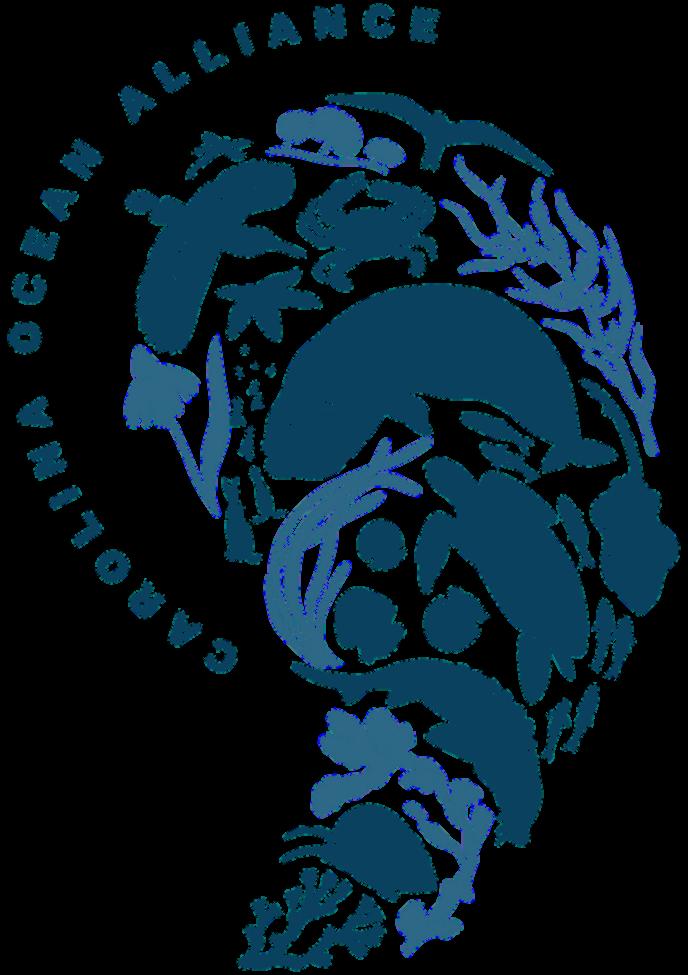
The Carolina Ocean Alliance is a 501(c)3 nonprofit that advances community-driven solutions through strategic coalitions of our partners, develops the next generation of leaders, and fosters a culture of environmental stewardship To heal our world and heal ourselves in the process, we must see ourselves as a part of the natural world rather than apart from it by reimagining “community” through ecology
Our mission is to develop leaders, cultivate ideas, inspire hope, and accelerate solutions to protect, preserve, and restore the coastal ecosystems of South Carolina Our “network-of-networks” approach emphasizes multidisciplinary collaboration to promote local solutions and advance young advocates from underrepresented communities in conservation, climate change, and regenerative processes.
OUR PROGRAMS

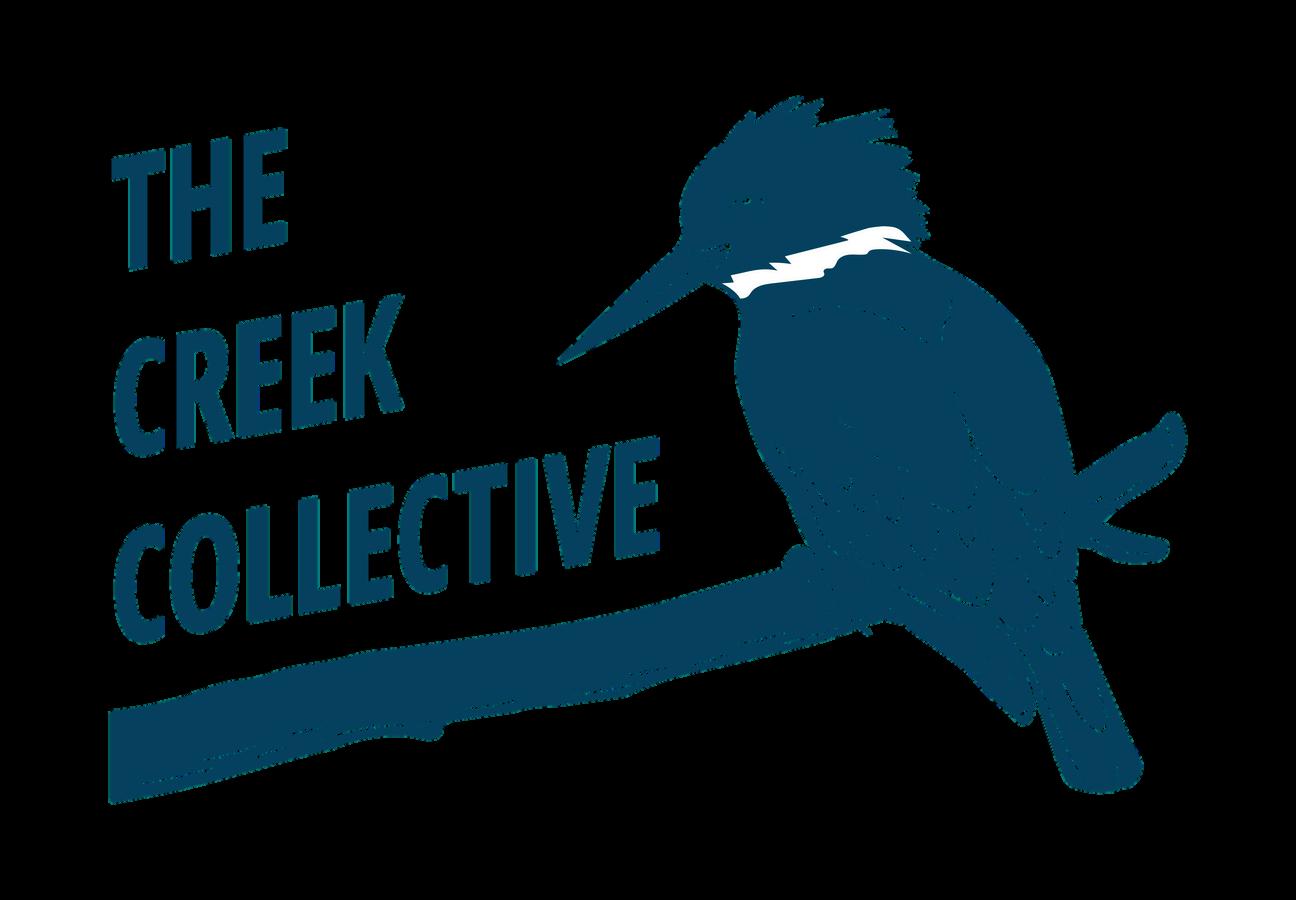


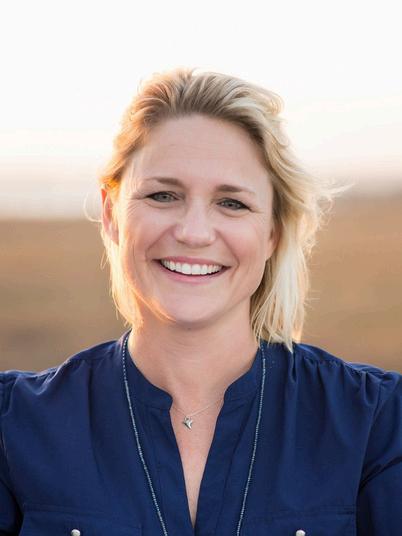
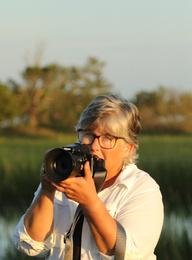
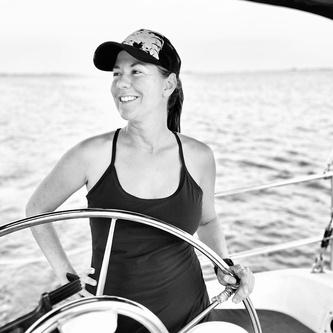
MEET OUR BOARD
Zach Bjur
Land, Water, and Ocean Project Manager at Conservation Voters of South Carolina Chair

Andrew Gowder, Jr.
Counselor, Litigator, and Advocate Secretary
Holly Blair
Program Coordinator, Partnerships & Strategic Growth at Sustainability Institute

Dr. Francine Kershaw
Senior Scientist -Marine Mammals, Oceans at Natural Resources Defense Council (NRDC)
JudyDrewFairchild
President & CEO of Nature Walks With Judy

Hannah Jane Dantzscher Founder & Owner, Wake Refill
Holly Hillman Founder, Soothe Sailing
About The Hope Summit 2025
The Hope Summit is an annual conference and festival held in Charleston at the end of September to highlight multidisciplinary and intersectional challenges facing our world and celebrate community-driven solutions that create agency and hope for communities worldwide to adapt for a bright, regenerative, equitable future. We believe that to heal our world, and ourselves in the process, we must see ourselves as a part of the natural world, not apart from it. We must reframe our understanding of community to embrace its ecological definition of all interconnected life that sustains and regenerates itself within a shared locality
In 2025, The Hope Summit will explore how community-driven solutions can promote Resilience, Regeneration, and the emerging Restoration Economy The future must include people because we are a part of this world and are responsible for protecting what is in danger, restoring what was lost, remembering what was forgotten, and uplifting the regenerative powers of our world to heal our planet, grow biodiversity, and forge a future in which our children and grandchildren can thrive
The Hope Summit 2025 Schedule At-A-Glance
Thursday, September 25th, the Charleston Museum
8:00 AM - 4:30 PM | The Hope Summit 2025 Conference
Friday, September 26th, the Charleston Museum
8:00 AM - 4:30 PM | The Hope Summit 2025 Conference
7:00 - 9:00 PM | The Hope Summit 2025 Film Festival Opening Night Screening | “Inhabitants”
Saturday, September 27th, the Charleston Museum
12:00 - 9:00 PM | The Hope Summit 2025 Film Festival
1:00 - 4:00 PM | The Hope Summit 2025 Community Festival
CHARLESTON MUSEUM
S C H E D U L E

08.0008.45 AM
Coffee Social in the Museum Breezeway by Camino Coffee, Sponsored by Austen & Gowder
08.4509.15 AM
09:1510.15 AM
Welcome & Opening Remarks
Re-Story-Ation: Healing Ecologies Through Storytelling
10:1510.30 AM
10.3011.00 AM
11.0012.00 PM DAY 01 25 SEPT 2025
Re-Story-Ation In Action
Morning Break
Local Governments Fostering Community Resilience and Adaptation
DAY 01 25 SEPT 2025 CHARLESTON MUSEUM
S C H E D U L E
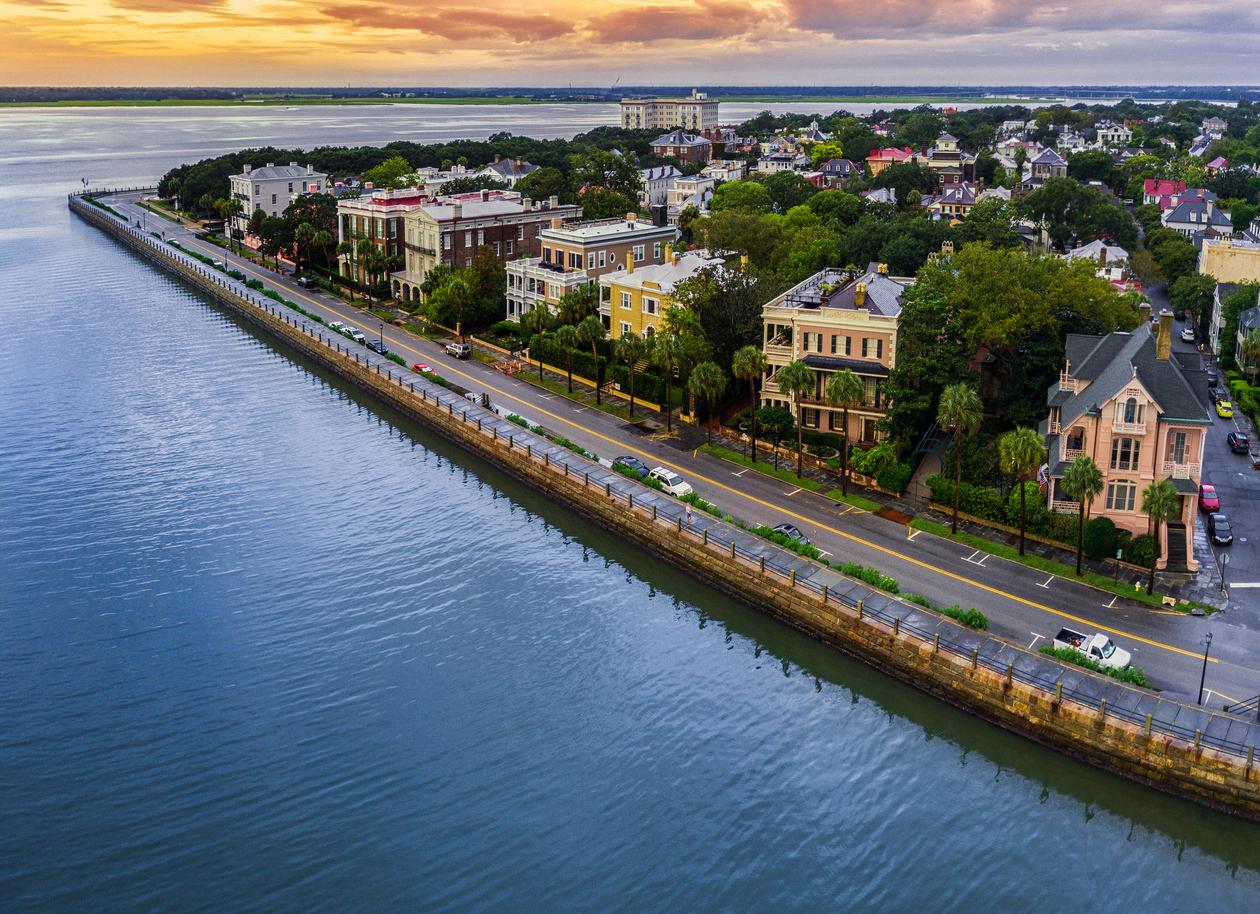
Lunch in the Museum Courtyard 12.0001.30 PM
01.3002.30 PM
Building Community Resilience Through Material Regeneration
02.3003.00 PM
03.0004.00 PM
04.0004.15PM
Afternoon Break Day 1 Closing Remarks
Food, Energy, andWater: How Disaster Preparedness Can Also Heal Communities
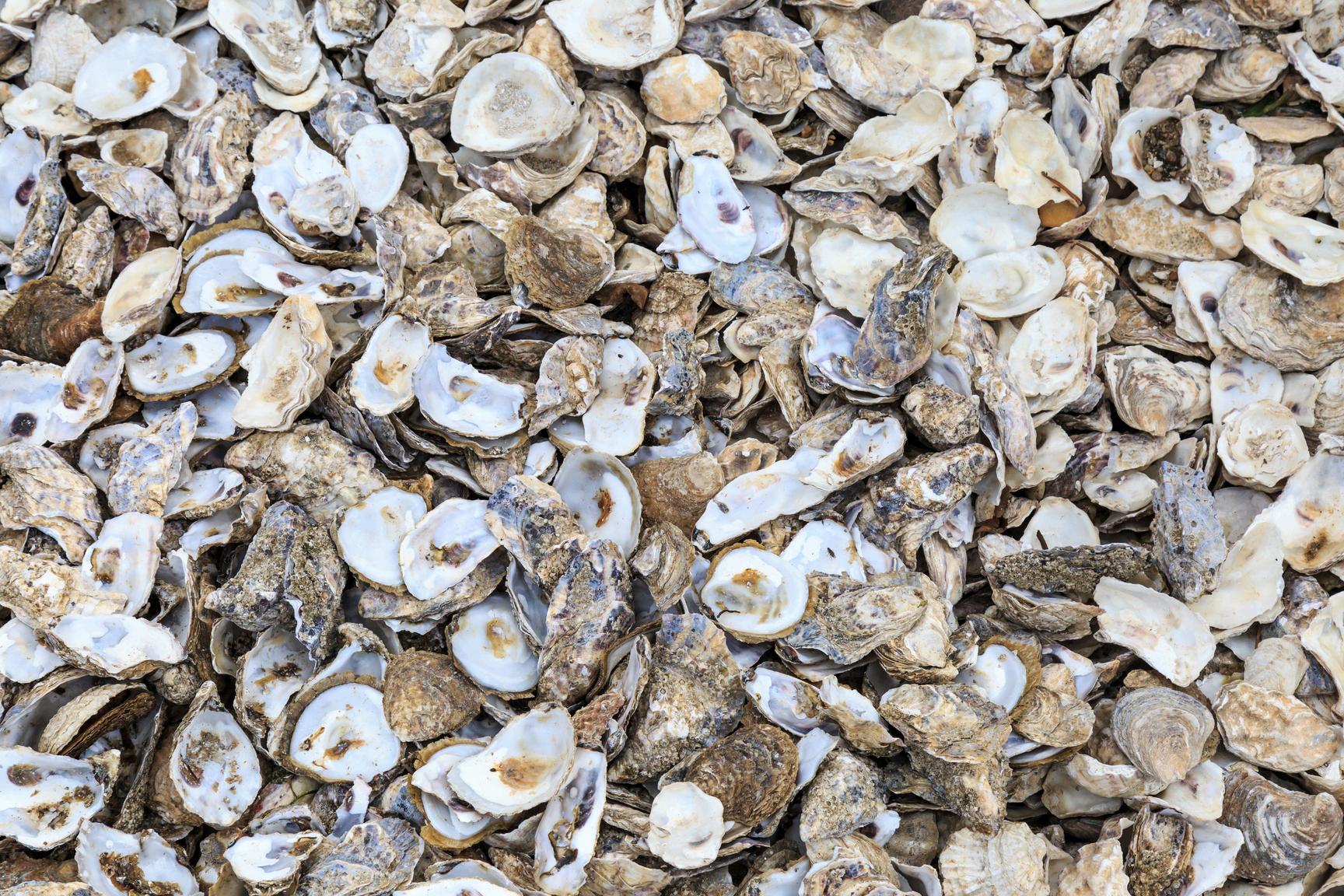
S C H E D U L E
08.0008.45AM
08.459.00AM
9:009:30 AM
09.3010.00AM
A Restoration Economy for Coastal Ecologies 10.0011.30AM DAY 02 26 SEPT 2025
CHARLESTON MUSEUM
Coffee Social in the Museum Breezeway by Camino Coffee, Sponsored by Austen & Gowder
Building Community Capacity for a Restoration Economy Welcome & Opening Remarks
Morning Break
DAY 02 26 SEPT 2025
CHARLESTON MUSEUM
S C H E D U L E
11.3012.00PM
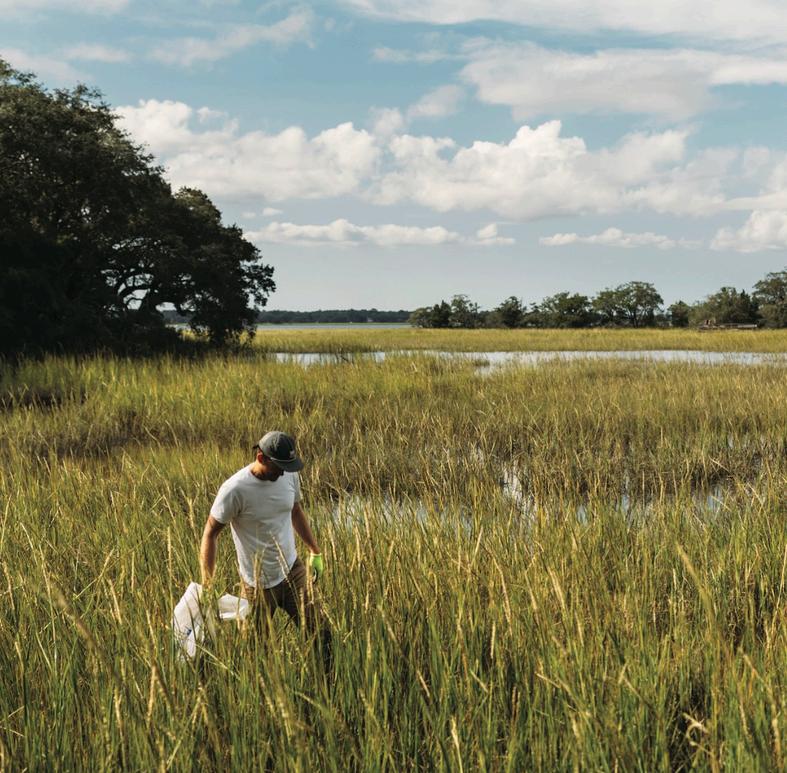
A New Generation of Environmental Entrepreneurs: Introducing Earth Echo’s Blue Carbon Ambassadors
01.3002.30 PM
Restoring Biodiversity to the Built Environment
02.3003.00 PM
Afternoon Break
03.0003.30 PM
03.3004.00PM
07:0009.00PM
Closing Plenary: Re-imagining Success for America the Beautiful for All: How Communities Can Help Us Reach 30x30
Conference Closing Remarks
The Hope Summit 2025 Film Festival Opening Screening:
“Inhabitants: Indigenous Perspectives On Restoring OurWorld”

S C H E D U L E
12.0001.30 PM
01.0004.00 PM
1.4502.30 PM
02.1503.00 PM
02.1503.00 PM
02.3004.30 PM
06:0008.30PM
DAY 03 27 SEPT 2025 CHARLESTON
MUSEUM
TheHopeSummit2025FilmFestival,sponsoredby EnduringCuriosity,presents:
“TheLastDive”
TheHopeSummit2025CommunityFestival, hostedbyWakeRefill&CarolinaOceanAlliance
AnnexDanceCompanypresents “ecomotion”afreecommunitymovement workshop
KristenNessAyers'booksigning:“AtLoggerheads”
Let’sGatherpresents “TheWorkThatReconnects”
TheHopeSummit2025FilmFestival,sponsoredby EnduringCuriosity, presents:
“BeenHereStayHere”
Q&AwithDavidUsui,director
TheHopeSummit2025FilmFestival,sponsoredby EnduringCuriosity, presents:
“Nodules”&“OceanwithDavidAttenborough”
Featuringapost-screeningActionforOurOcean presentation

To transform our world through community-driven solutions, we must invest in the futures of emerging leaders and stewards of communities
At The Hope Summit, we are committed to developing and accelerating young emerging leaders through mentorship, workshops, equitable access, community, and scholarships for students and early career professionals to receive fully-sponsored Conference Passes.
Funds for The Hope Summit Next Generation Fund are raised annually from sponsorships of The Hope Summit and generous support by our partners like the Sustainable Ocean Alliance.
In 2025, thanks to the generous support of the Sustainable Ocean Alliance, Austen & Gowder, and the Joanna Foundation, the Next Generation Fund sponsored conference passes for 75 students and early-career professionals.
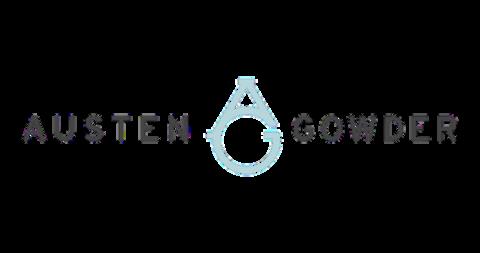



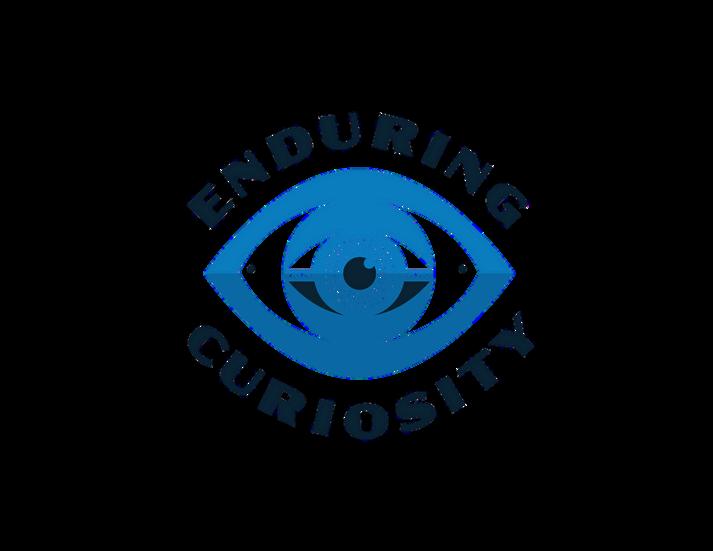



The Hope Summit 2025 Next Generation Scholarships



The Hope Summit 2025 Venue Hosts
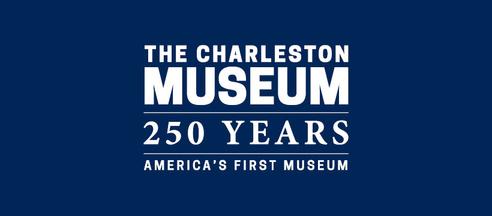
The Hope Summit 2025 Media Partners

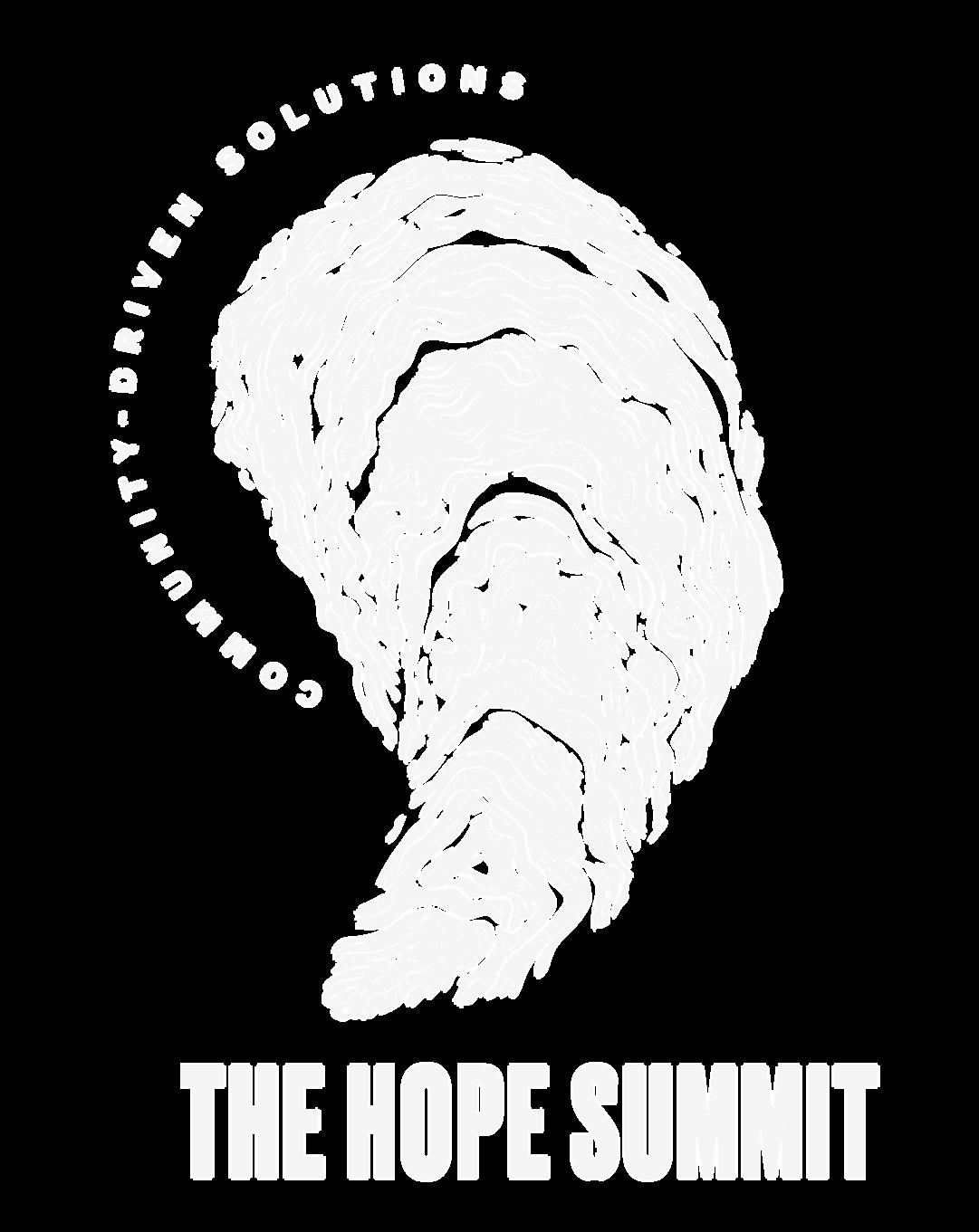


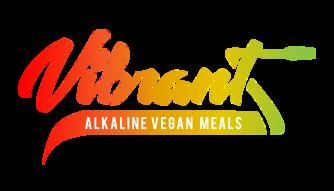

Day 1
Re-Story-Ation: Healing Ecologies Through Storytelling
In "Braiding Sweetgrass," RobinWall Kimmerer observes that it is "not just the land that is broken, but more importantly, our relationship to land." Kimmerer describes Gary Nabhan’s concept of "re-story-ation" as a key step in healing because "our relationship with land cannot heal until we hear its stories."
Join us for a discussion on the power of storytelling to help us reimagine our connection to the world around us, foster a culture of stewardship, and inspire global community and i di id l ti
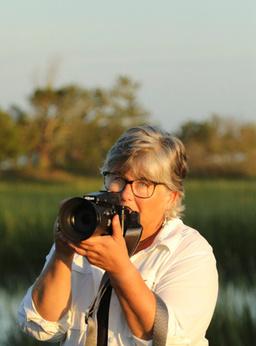
MODERATOR NATURE WALKS WITH JUDY JUDY FAIRCHILD


AUTHOR “WHERE THE RIVERS MERGE” MARY ALICE MONROE
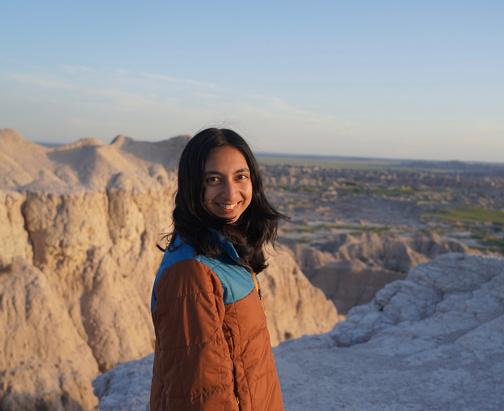
AYUSHI GAUR
FOUNDER OF CONSERVACTION MARINE BIOLOGY STUDENT + DANCER
JOURNALIST & AUTHOR “THE REINDEER CHRONICLES” JUDITH SCHWARTZ
Re-Story-Ation In Action
In "Braiding Sweetgrass," RobinWall Kimmerer observes that it is "not just the land that is broken, but more importantly, our relationship to land " Kimmerer describes Gary Nabhan’s concept of "restory-ation" as a key step in healing because "our relationship with land cannot heal until we hear its stories "
How much ecological memory remains in cultural traditions of physical movement, dance, and visual arts?
Local Governments Fostering Community
Resilience and Adaptation
Resilience and adaptation are not limited to just disaster response or preparing for the next big storm. For local and regional governments, these significant challenges can present unique opportunities for intersectional and collaborative solutions to address the diverse realities and needs of their communities while also overcoming historical and systemic justice issues that affect marginalized members of their communities
Join us as we learn how the City of Charleston, Town of Sullivan's Island, and the tricounty area of Charleston, Berkeley, and Dorchester Counties are preparing for the impacts of climate change, while also managing the stresses associated with a rapidly growing metro area.

ANDY GOWDER
MODERATOR ATTORNEY

KAYLAN KOSZELA
DIRECTOROFRESILIENCE CITYOFCHARLESTON
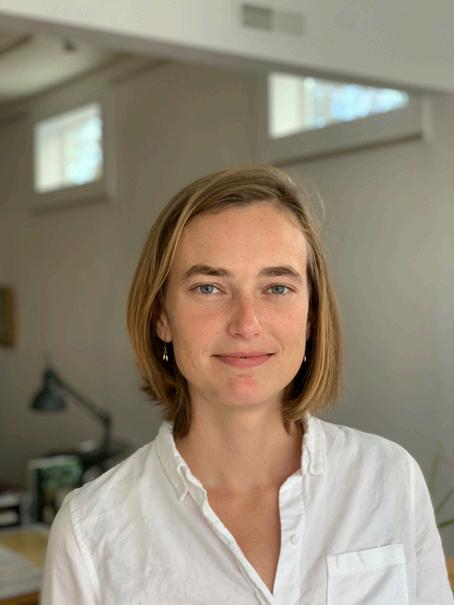
MEGAN CLARK

ASSISTANT PLANNING DIRECTOR
BERKELEY-CHARLESTON-DORCHESTER
COUNCIL OF GOVERNMENTS
REBECCA FANNING
DIRECTOR OF RESILIENCE & NATURAL RESOURCE MANAGEMENT
TOWN OF SULLIVANS ISLAND
Building Community Resilience Through Material Regeneration
Today’s throw-away culture that prioritizes disposability, coupled with increased mechanization that separates us from understanding how our buildings work, is leading to unnecessary material waste and loss of cultural heritage. The growing adaptive reuse and salvage industries offer an alternative framework for redefining waste into opportunity by supporting environmental sustainability, preservation of community character and vernacular design, and trades workforce development
Across the country, leaders from the public and private sectors are spearheading creative initiatives to demonstrate the value of systems and policies that support repair, d i l it i t di b ilt d natural environment This panel will unities to share their experiences and shape a more resilient future.

ANNA-CATHERINE ALEXANDER
MODERATOR PRESERVATIONSOCIETYOFCHARLESTON
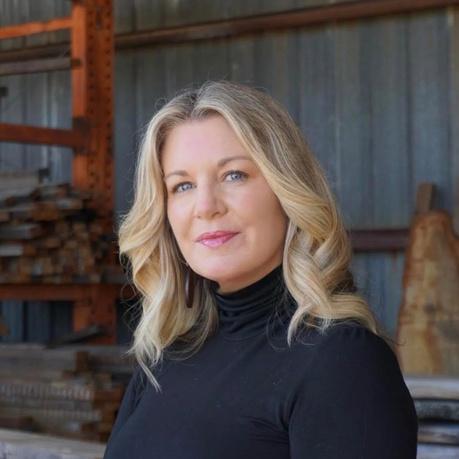
CEO RE:PURPOSE SAVANNAH
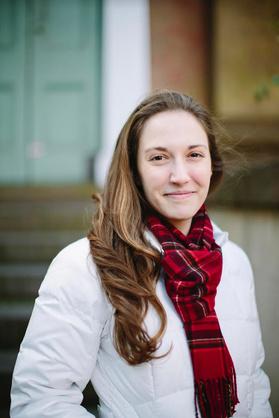
PROVOST & PROFESSOR OF PRESERVATION
AMERICAN COLLEGE FOR THE BUILDING ARTS LER
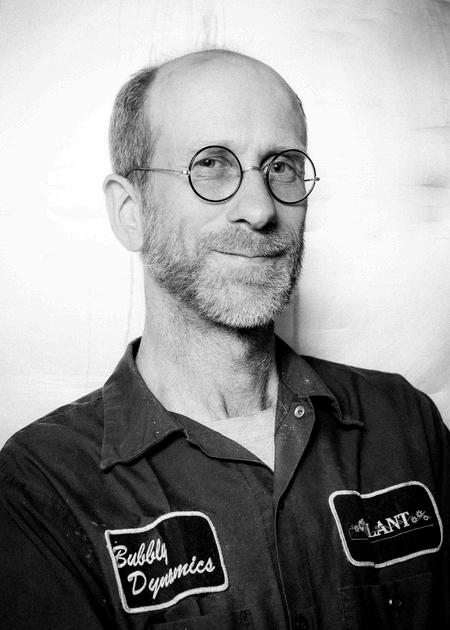
SPONSORED BY THE PRESERVATION SOCIETY OF CHARLESTON
RIKKI POWERS
Food, Energy, and Water: How Disaster Preparedness Can Also Heal Communities
Shelter, power, water, and food are all vital elements of disaster response. While response and recovery are part of the conversation, this panel will explore how proactive resilience efforts, building the community networks that make us resilient, and embracing a systems-based approach can benefit everyone before a disaster, while taking better care of everyone in the aftermath of a disaster. These needs do not magically appear after a disaster; they are often present in some form while the sun is still shining.
How can we effectively solve multi-layered problems within our communities through the systems, tools, and human capacity we build in preparation for disaster response?
Resilience hubs are one example, micro-grids and mutual aid networks others. By taking a systems approach that embraces community ecology, we can foster agency from the bottom up and middle out.
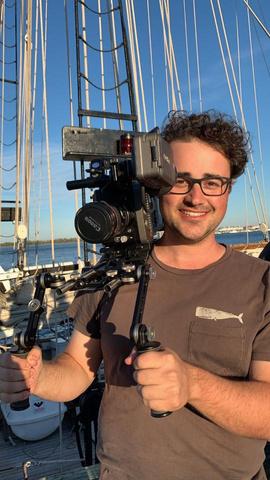
GREY GOWDER
MODERATOR
CAROLINAOCEANALLIANCE
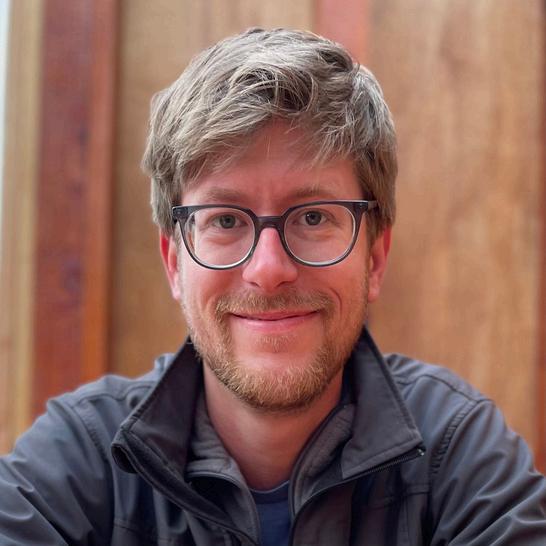
WILL HEEGAARD
FOUNDINGDIRECTOR THEFOOTPRINTPROJECT


MARIA KELLY
FOUNDER & EXECUTIVE DIRECTOR AMOR HEALING KITCHEN

BROCK KREITZBURG
Day 2
Building Community Capacity for a Restoration Economy

EXECUTIVE DIRECTOR THE SUSTAINABILITY INSTITUTE CO
Paul Hawken defines regeneration as “putting life at the center of every action and decision”By centering living communities at the heart of our visions for the future, we can restore and foster new vibrant, resilient ecologies with people at the heart of them. To do this, we need to rapidly expand capacity of communities and local economies to embrace a new Restoration Economy.
Bryan Cordell, the Executive Director of The Sustainability Institute, shares his insights in building local capacity through weatherization, ecosystem restoration, sustainable building, and local partnerships to restore communities damaged by past infrastructure projects.
A
New Generation of Environmental Entrepreneurs: Introducing Earth Echo’s Blue Carbon Ambassadors
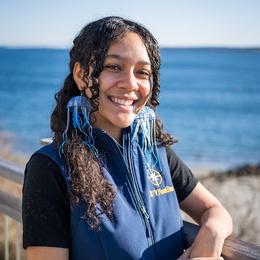
TORI HUNT EARTH ECHO
The ocean is a powerful source of solutions to the climate crisis Earth Echo recognizes that the opportunity to pursue careers that contribute to oceanbased climate solutions is not accessible to all communities.
EarthEcho International's Blue Carbon Ambassador program engages BIPOC youth ages 17-20 from frontline coastal communities in North America in a hands-on professional learning experience designed to introduce participants to the role of blue carbon ecosystems (including kelp, seagrass, mangroves, and salt marshes) in fighting the climate crisis. This paid Ambassador program is specifically structured as an introductory program that requires no previous coursework or experience with ocean science or aquaculture. This is a chance to get your “hands wet” with coastal restoration for the very first time!
A Restoration Economy for Coastal Ecologies
“How can I translate – not in words but in belief – that a river is as alive as you or I, that there can be no life without it?” | Natalie Diaz Rivers and coastal ecosystems give us life. They are some of the most dynamic landscapes on the planet yet are also some of the most impacted by human activity. Often under appreciated as spoils, wastelands, hazards or places to be filled and engineered, coastal and riverine ecosystems have undergone destabilizing transformations that make them, their ecosystems, and the human communities around them less resilient.
This multi-disciplinary panel of experts explore themes like coastal ecosystems restoration, transformation of waste into regenerative opportunity, and scaling nature based design to promote resilience.
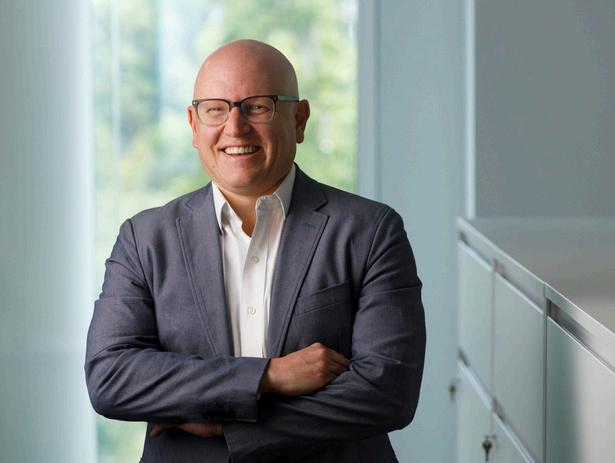
JAREDBRAMBLETT
MODERATOR
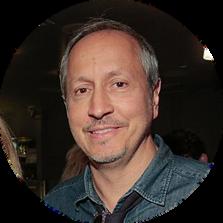
ROBHOLMES NICHOALTHATOS
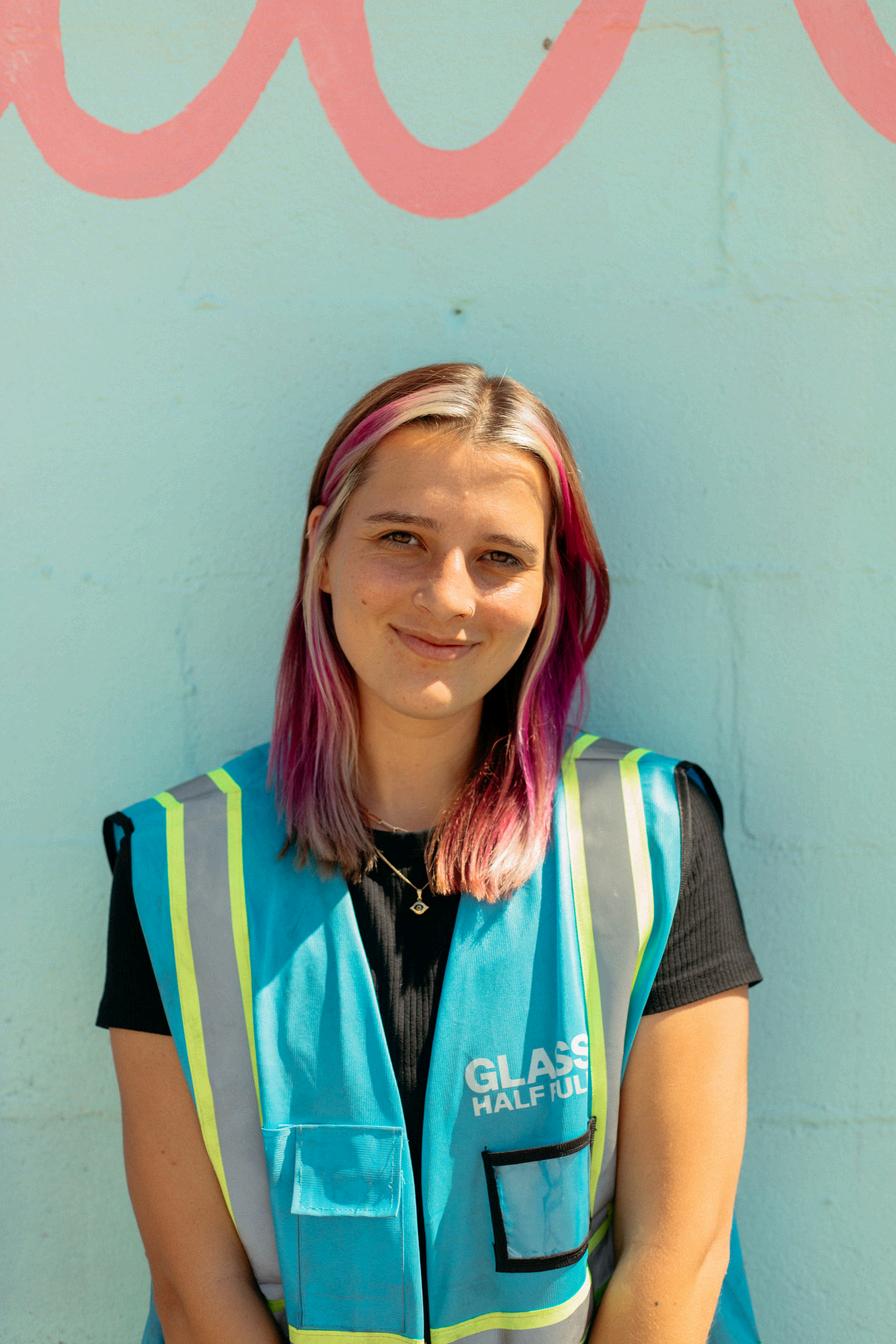
FRANZISKATRAUTMANN
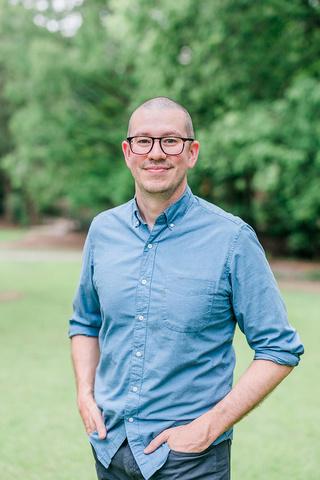
CO-FOUNDER&CEO
GLASSHALFFULL
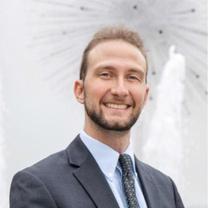
GRADUATE RESEARCHER THE UNIVERSITY OF NORTH CAROLINA, CHAPEL HILL KYLEREZEK CEO COASTAL TECHNOLOGIES CORPORATION
ASSOCIATE PROFESSOR AUBURN UNIVERSITY
Restoring Biodiversity to the Built Environment
To heal our world, and ourselves with it, we must see ourselves as a part of the natural world, not apart from it; we must embrace the ecological definition of “community.” By restoring biodiversity and natural spaces to the built environment, we can begin to create healthier and more resilient communities that foster a culture of environmental stewardship and effectively address ecological injustices in marginalized parts of the community.
This panel explores several transformative projects happening in the Charleston area, including the Lowcountry LowLine, a native urban canopy to reduce neighborhood shade disparities, community gardens, a new food forest, neighborhood-led salt marsh stewardship, flood resilience through nature-based solutions, and the first ecological corridor in the region.
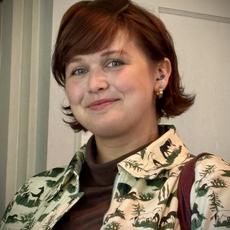
TORREYSANDERS
MODERATOR

KATIEBELL
DIRECTOR OF EDUCATION AND OPERATIONS
CHARLESTON PARKS CONSERVANCY
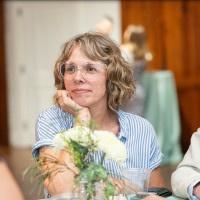
COURTNEYOLSON
EXECUTIVEDIRECTOR
FRIENDSOFTHELOWCOUNTRY LOWLINE

Closing Plenary: Re-imagining Success for America the Beautiful for All: How Communities Can Help Us Reach 30x30
The United States needs a new ocean conservation strategy. Although the global campaign to protect 30 percent of the ocean by 2030 often referred to as 30×30 has been effective in raising awareness and setting ambitious conservation goals, the United States must adopt a more holistic and equitable approach to ocean conservation. Increasing focus on conservation opportunities at the state and local levels can help more effectively protect vulnerable ecosystems, provide benefits for coastal communities, create jobs and support working waterfronts, and build popular support for ocean conservation.




“INHABITANTS:
INDIGENOUS PERSPECTIVES ON RESTORING OUR WORLD”
For millennia, Native Americans successfully stewarded and shaped their landscapes, but centuries of colonization have disrupted their ability to maintain their traditional land management practices From deserts, coastlines, forests, mountains, and prairies, Native communities across the US are restoring their ancient relationships with the land. As the climate crisis escalates, these time-tested practices of North America's original inhabitants are becoming increasingly essential in a rapidly changing world.

“THE
LAST DIVE”
The Last Dive is a visually stunning and emotionally resonant documentary that invites viewers to reflect on our connection to the natural world and the wild, mysterious creatures that help us find our place in it.
In his 80s, Baja legend and American veteran Terry embarks on one final journey to a remote island in hopes of reuniting with his old friend, Willy, a giant oceanic manta ray. But he's also searching for something deeper: peace, closure, and a chance to say goodbye.

“BEEN
HERE STAY HERE”
For generations, fishermen have made their home on Tangier Island, in the heart of the Chesapeake Bay on the east coast of the US. However, the rapid loss of land due to climate change has local people concerned about the future of their community and what that means for their faith.
Featuring a post-screening Q&A with director David Usui


DAVID USUI
DIRECTOR
“NODULES”
“Nodules” is an 18-minute documentary that follows two marine scientists whose discoveries about bizarre deep-sea rocks collide with a new push to extract the rocks for profit. Deep-sea mining has not yet started anywhere in the world. But their research about the rocks known as polymetallic nodules contain warnings about the industry’s potential harms.
World Premiere screening, Additional screening on Friday, September 26 at the THS2025 Conference th
“OCEAN WITH DAVID ATTENBOROUGH”
David Attenborough takes viewers on a breathtaking journey showing there is nowhere more vital for our survival, more full of life, wonder, or surprise, than the ocean. Through spectacular sequences featuring coral reefs, kelp forests and the open ocean, Attenborough shares why a healthy ocean keeps the entire planet stable and flourishing.
Featuring a post-screening Action for Our Ocean presentation




SEPT 27 | 1:00 - 4:00
Workshops



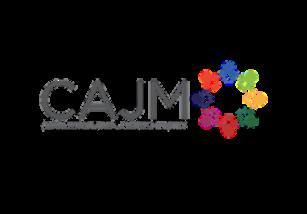


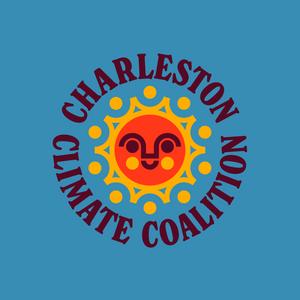
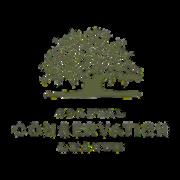






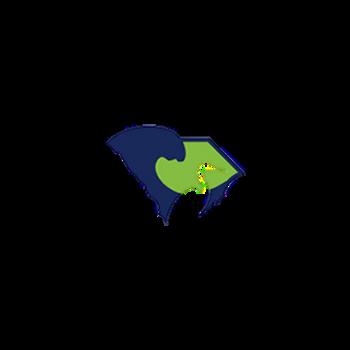



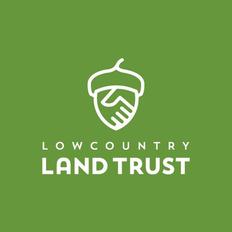










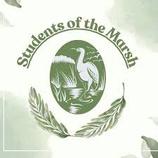
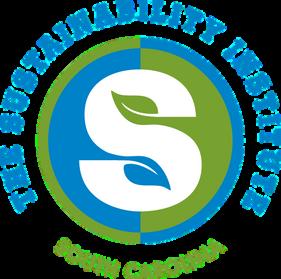

“Is this a story of senseless destruction or a story of awakening and redemption?”
Earle C. Ellis
©CAROLINA OCEAN ALLIANCE 2025
